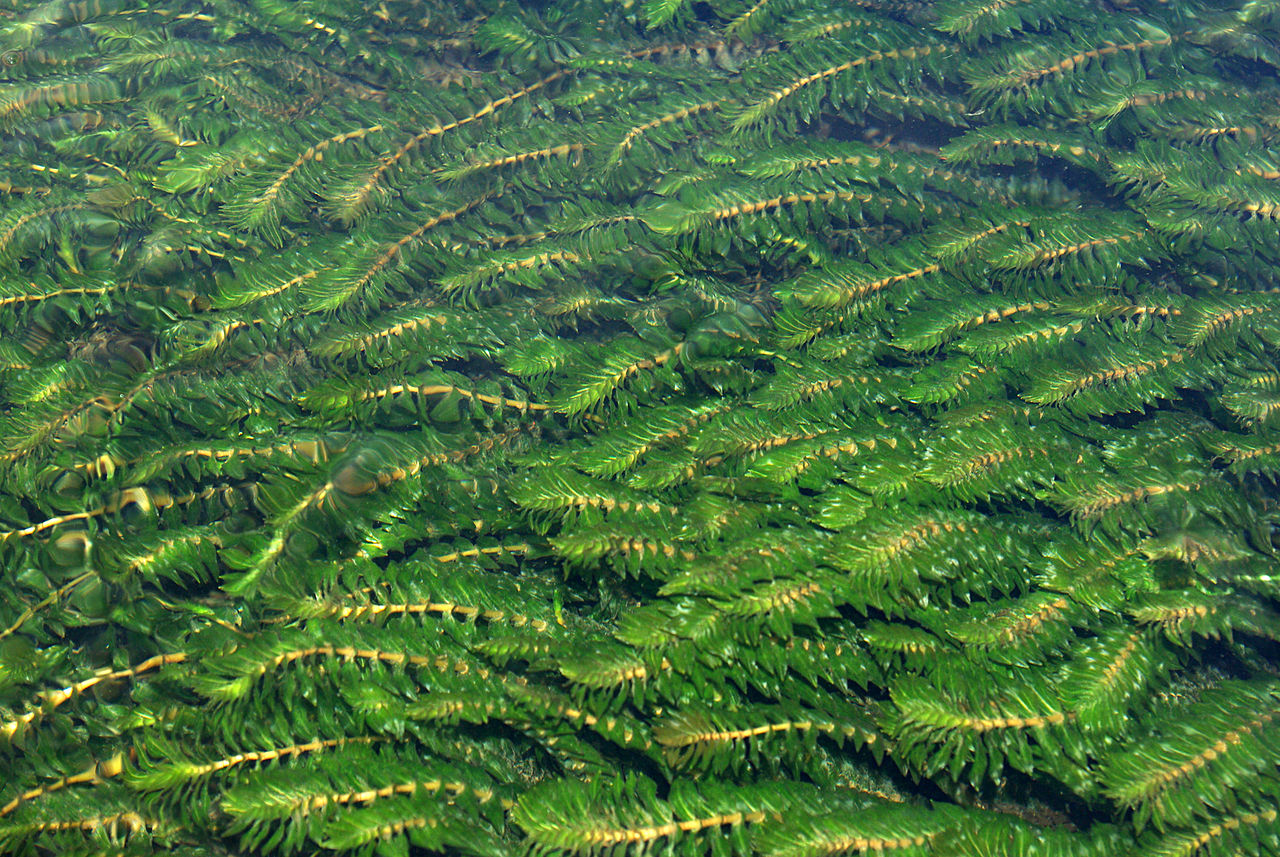I had not visited Clapham in summer before, so I thought it a good opportunity to poke around the village for other plants of interest. Of course the Common Blue-sowthistle was in full bloom, so an easy tick for Cicerbita macrophylla subsp. uralensis. After all, all the Floras will tell you that this is our plant.
Cicerbia macrophylla subsp. uralensis
A little further on I found a new stand, but it didn't sit right. Huge plants towering over my head, stupidly large terminal lobes on the basal leaves and altogether too robust. It was also very glandular in the inflorescence which I did not remember noticing before in this species. So back again I went to the first stand for a second look, and yes half the height, more flimsy, smaller foliage and scarcely hairy in the inflorescence. Quite a different jizz. So what was it?
I was expecting one of the other naturalised species, but the leaves were wrong. So next stop with an alien is to visit the excellent Alien Plants of Belgium website, and lucky for me I was straight to an answer. Cicerbita macrophylla subsp. macrophylla. Key below.
- Terminal lobe of basal leaves up to 40 cm long. Lowermost inflorescence branches 2-3,5 mm wide at base. Glandular hairs in inflorescence very dense, unequal in length (0,5-2 mm long). Stem up to 300(-350) cm tall === subsp. macrophylla
- Terminal lobe of basal leaves up to 25 cm long (often less). Lowermost inflorescence branches 1-2(-2,5) mm wide at base. Glandular hairs in inflorescence often less dense, subequal in length (ca. 1 mm long). Stem up to 200 cm tall === subsp. uralensis
This seems to be the first record for Britain. Is it likely to prove more widespread? Perhaps. It is probably no coincidence that it is naturalised in Clapham, given it was the home of legendary plant hunter and collector Reginald Farrer. Still, one to look out for elsewhere regardless of received wisdom.
Cicerbita macrophylla subsp. macrophylla























































